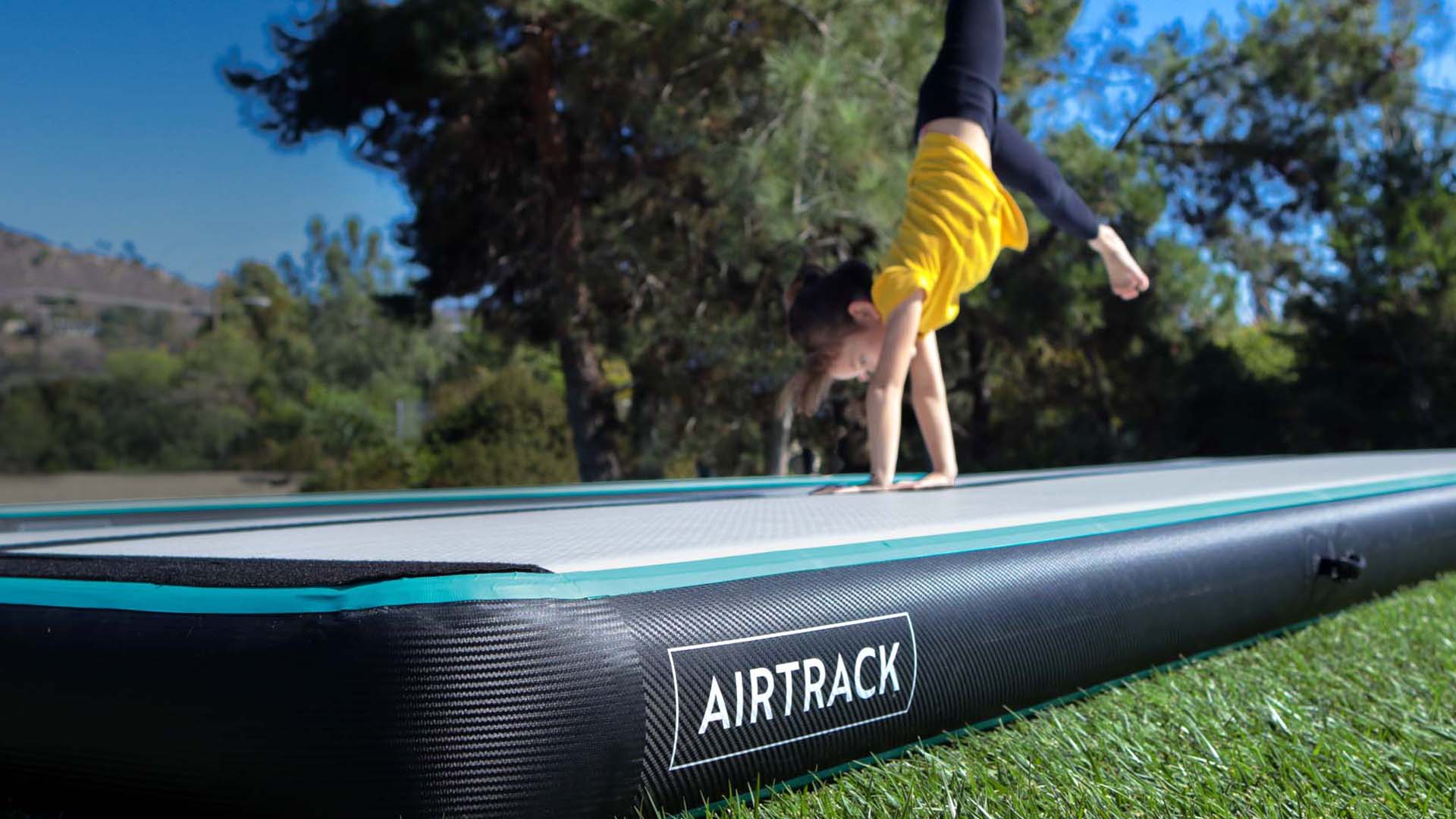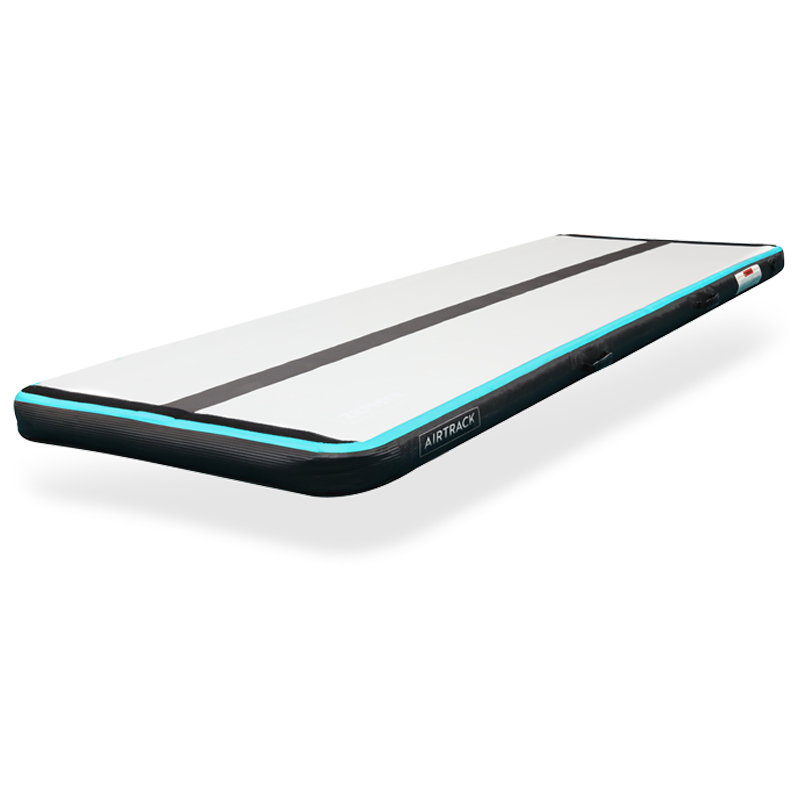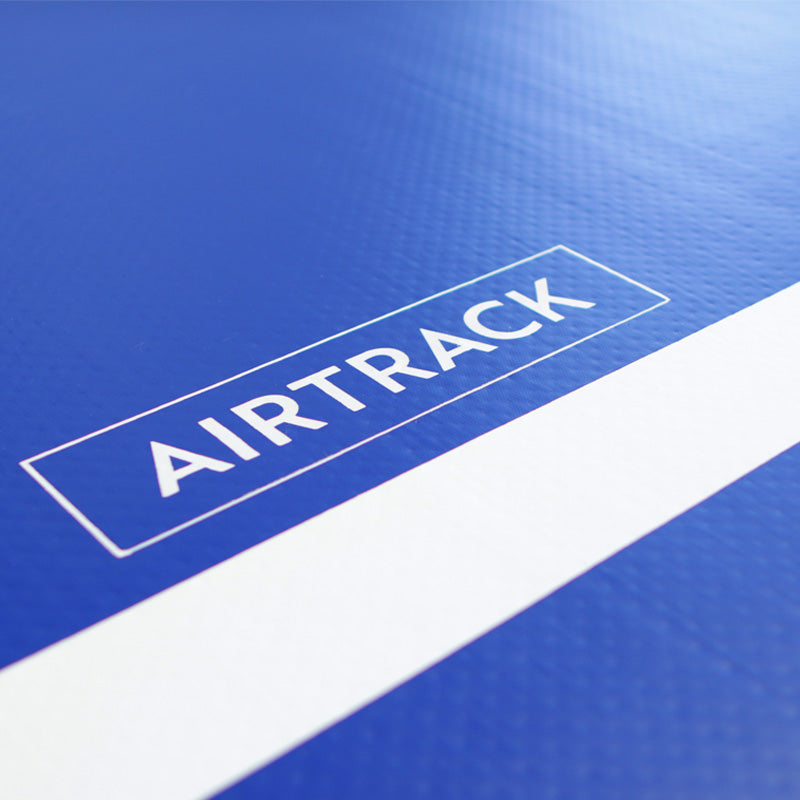
THE #1 CHOICE FOR BRANDS LIKE:




















-
Home AirTrack
Regular price From $224.00Regular priceUnit price / per -
Home AirTrack Pro
Regular price From $694.00Regular priceUnit price / per -
AirBoard: Floor Spring Board
Regular price $144.00Regular priceUnit price / per -
AirRolls: Gymnastics Barrels
Regular price From $140.00Regular priceUnit price / per -
AirBeam: Inflatable Balance Beam
Regular price From $194.00Regular priceUnit price / per
AESTHETICALLY PERFECT. INCREDIBLY DURABLE.
Our products are expertly crafted by hand with superior techniques and materials.
TRUSTED BY 50,000+ ATHLETES WORLDWIDE
Durable and Reliable
- Mike P., Fitness Enthusiast
Perfect for Home Training
- Sarah M., Cheerleading Coach
Exceptional Quality and Performance
- Emily T., Competitive Gymnast
A Game-Changer for Training
- James K., Professional Parkour Athlete
Durable and Reliable
- Mike P., Fitness Enthusiast
Durable and Reliable
- Mike P., Fitness Enthusiast
Great Customer Service
- Lisa R., Gymnastics Coach
Durable and Reliable
- Mike P., Fitness Enthusiast
Perfect for Home Training
- Sarah M., Cheerleading Coach
Exceptional Quality and Performance
- Emily T., Competitive Gymnast
A Game-Changer for Training
- James K., Professional Parkour Athlete
Durable and Reliable
- Mike P., Fitness Enthusiast
Durable and Reliable
- Mike P., Fitness Enthusiast
Great Customer Service
- Lisa R., Gymnastics Coach
Durable and Reliable
- Mike P., Fitness Enthusiast
Perfect for Home Training
- Sarah M., Cheerleading Coach
Exceptional Quality and Performance
- Emily T., Competitive Gymnast
A Game-Changer for Training
- James K., Professional Parkour Athlete
Durable and Reliable
- Mike P., Fitness Enthusiast
Durable and Reliable
- Mike P., Fitness Enthusiast
Great Customer Service
- Lisa R., Gymnastics Coach

Best Seller
HOME AIRTRACK
Amazon price for premium quality. Why risk purchasing through questionable websites and unknown resellers when you can buy direct from the official manufacturer of AirTrack mats. Trusted by the best!
3+
skills
Connected Passes
1
min
Inflate Time
140
mbar
Max Pressure

Best Seller
HOME AIRTRACK PRO
Our flagship recommended home tumbling mat. Thicker allowing for more bounce and more repetitions while still being long enough to fit most tumbling passes at home.

More Surface, Better Training
16' X 5' X 8"

Quick Set-Up
1 MINUTE INFLATION TIME

Gymnastics
STRETCHING AND FLEXIBILITY

Tricking
FLIPPING AND TWISTING

Cheer
TUMBLE PASSES

Tumbling
CONNECT SKILLS

EXPERIENCE THE PINNACLE OF ELITE SPORTS TRAINING WITH AIRTRACK™
AirTrack™ stands as the world’s premier manufacturer of AirProducts, boasting over 30 years of expertise in creating airtight training inflatables. Our dedicated production team ensures each AirProduct meets the highest quality standards, trusted by top athletes and organizations globally. Elevate your training experience with our unmatched durability and performance-enhancing products.
MULTI-DISCIPLINE MAT

Gymnastics
The perfect portable airmat for easy setup, tear down during workouts.

Fitness
Yoga, Core, Weight Lifting, Speed Training, CrossFit, Cardio, and more!

Parkour & Martial Arts
Air is easy on the joints allowing for more reps with less impact.

Cheerleading & Shows
Adjustable pressure allows you to get exactly what you need for your workout.
WANT EXCLUSIVE DISCOUNTS?
Join our newsletter. Get notified before anyone else does.

















